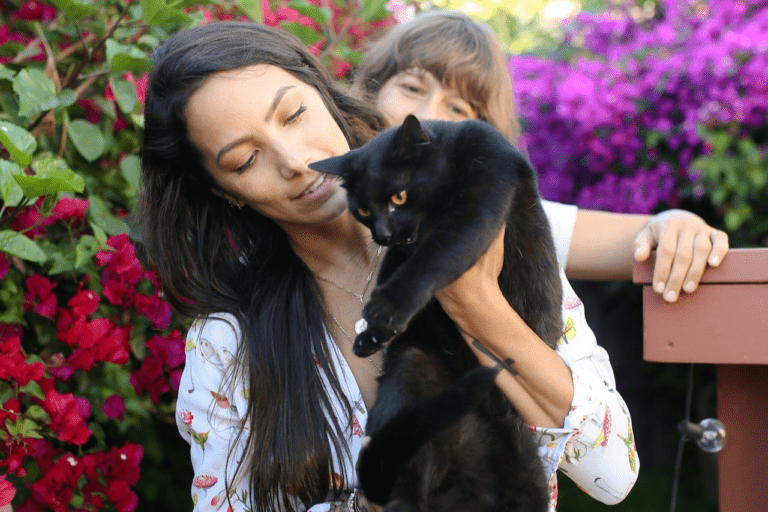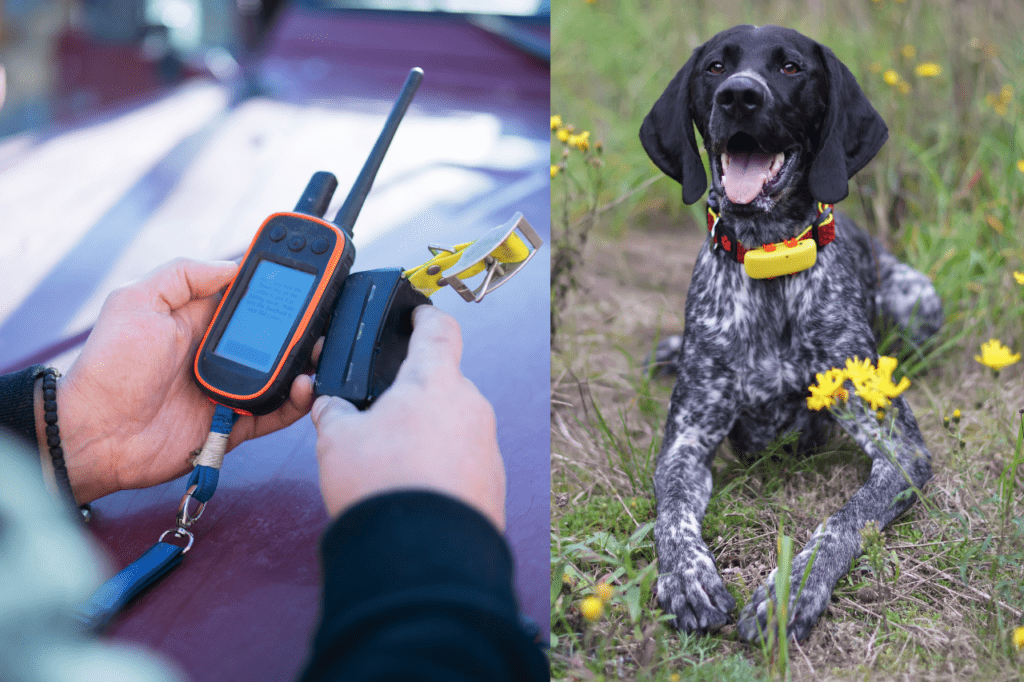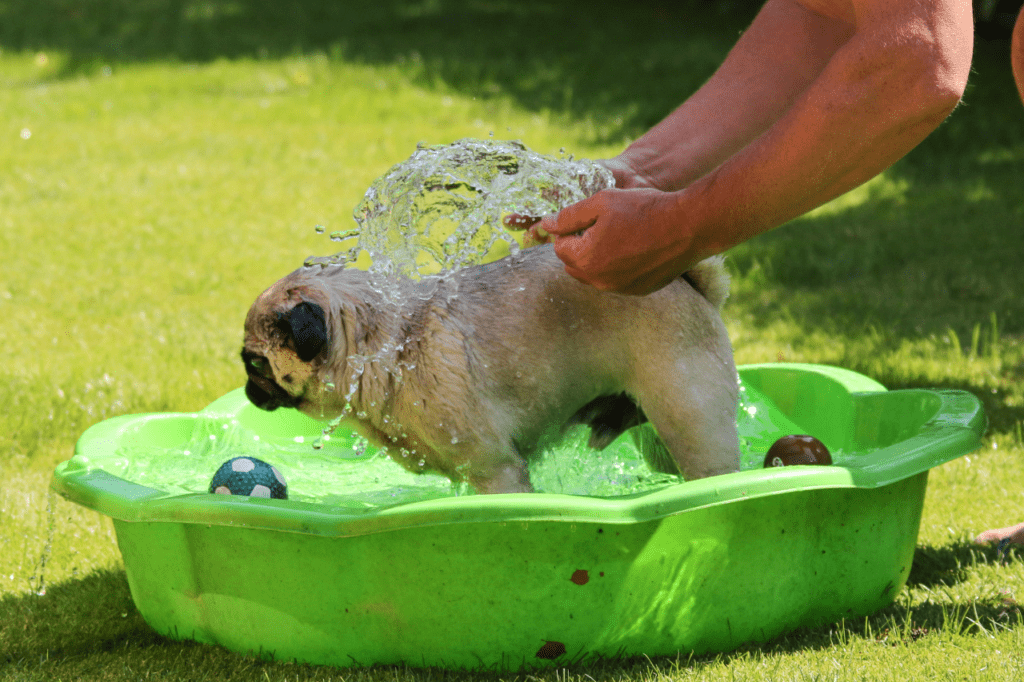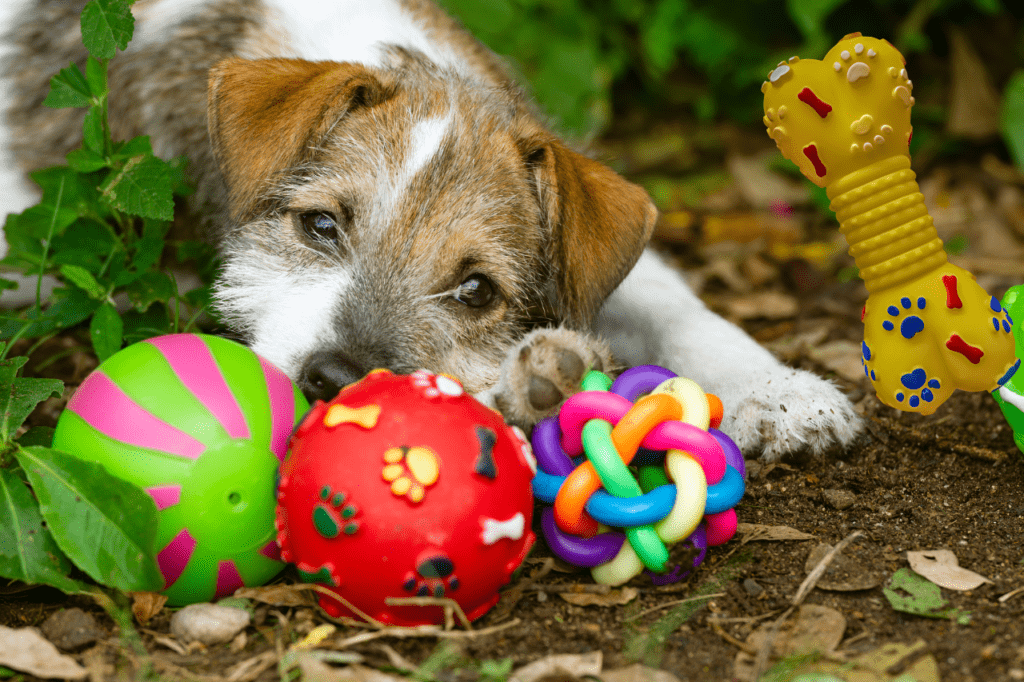Cats are, without a doubt, some of the most beloved pets in the world. They’re also one of the most mysterious. How do you train a cat? Are cats even trainable? Fortunately, yes! While cats may not be as easy to train as dogs, there are ways that you can positively influence your feline companion’s behaviour. Read on for an overview of what’s currently known about cat training and how to effectively modify your kitty’s behaviour.
Positive Reinforcement Training
Positive reinforcement training is a great way to bond with your cat and encourage good behaviour. It works by rewarding your cat for performing the desired behaviours. Whether you want to teach your cat tricks or just correct bad habits, positive reinforcement can be an effective way to get results. Read on to learn what you need to know about positive reinforcement training for cats.
-
Understanding Your Cat’s Behaviour
Before you start using positive reinforcement training, it’s important to understand your cat’s behaviour. Cats are often misunderstood creatures, so it’s important that you pay close attention and learn their individual cues and reactions. This will help ensure that your positive reinforcement techniques are effective and that you don’t end up inadvertently reinforcing unwanted behaviours.
-
Choosing the Right Rewards
When it comes to positive reinforcement training, rewards are key! You want to choose rewards that will motivate your cat and encourage them to perform the desired behaviours. The best rewards are usually highly-desirable treats or toys. You should also be mindful of the size of the reward; too much can lead to an unhealthy diet while too little might not have enough of an impact on motivating your cat.
-
Using Positive Reinforcement Training Consistently
To get lasting results, it’s important that you use positive reinforcement consistently every time your cat performs a desired behaviour. Over time, as they become more accustomed to this type of training, they will begin responding more quickly and more consistently when they receive their reward. It may take a while before they start responding on demand; however if you stay consistent with your rewards system, eventually they will catch on!
Clicker Training
This is another popular method of training cats that uses a small device called a clicker to signal when the desired behavior has occurred. Once the clicker is pressed, a treat or other reward should immediately follow so that your cat associates the sound (click) with getting rewarded for their behaviors. This type of training helps create an environment where your cat knows exactly what kind of behavior is being looked for and will expect a reward for it every time it occurs. The clicker does not have to be used forever; once your cat has learned the desired behaviors and responses associated with them, you can slowly phase out its use over time.
-
Getting Started With Clicker Training
The first step in clicker training your cat is to get them used to hearing the sound of the clicker. Stand close to your cat, hold out one hand with a treat in it, and press the button on the clicker with your other hand while simultaneously giving them the treat. Do this several times until they start to pay attention when they hear the clicking sound.
Once your cat is comfortable with hearing clicks, you can start teaching them specific commands or tricks. Start by choosing something simple like “sit” or “touch” (where they touch their paw against your hand). Show your cat what you want them to do, then use verbal cues along with clicking as soon as they do it correctly and give them a treat afterwards. With enough practice, repetition, and rewards, even more complex behaviors can become second nature for cats who have been trained using this method.
Environmental Enrichment
Have you ever wanted to make sure that your pet cat is always happy and content? Cats are creatures of habit, so if their environment remains the same for too long, they can become bored or even stressed out. One way to ensure that your cat stays healthy and happy is by providing them with environmental enrichment. Let’s take a look at what environmental enrichment is and how to use it for your cat.
-
What is Environmental Enrichment?
Environmental enrichment is about creating an engaging environment where cats can explore, play and exercise. This type of stimulation encourages natural behaviours such as scratching, climbing, playing and exploring. It also helps cats to stay mentally stimulated which leads to a happier life. In other words, environmental enrichment provides cats with the opportunity to express their natural behaviours in a safe, secure environment.
-
Creating an Enriched Environment for Your Cat
The best way to create an enriched environment for your cat is by adding toys, scratching posts, cat trees and other interactive activities such as puzzles or treat balls that keep your cats engaged and busy. Cats love being able to explore different textures and heights in their environment — so making the most of the space you have available will help keep them mentally sharp. For example, you can place scratching posts near windowsills or other areas where cats like to climb up high and look out over their territory. Another great idea is investing in interactive toys like puzzle feeders or treat balls that require your cat’s full attention when they’re playing — these are great ways of keeping them entertained while still providing them with mental stimulation. Lastly, make sure you provide plenty of places for cats to hide away if they need some alone time — this could be anything from cardboard boxes or cubby holes in furniture pieces!
In conclusion, cat training can seem intimidating at first but don’t let that stop you from trying! With patience and persistence, any pet owner can use positive reinforcement techniques or environmental enrichment activities to positively shape their furry friend’s behavior over time. Don’t forget that cats are just as capable as dogs when it comes to learning new things—it just takes more patience! So take some time today to start teaching your cat those good habits they need for a happy home life!











Recent Comments